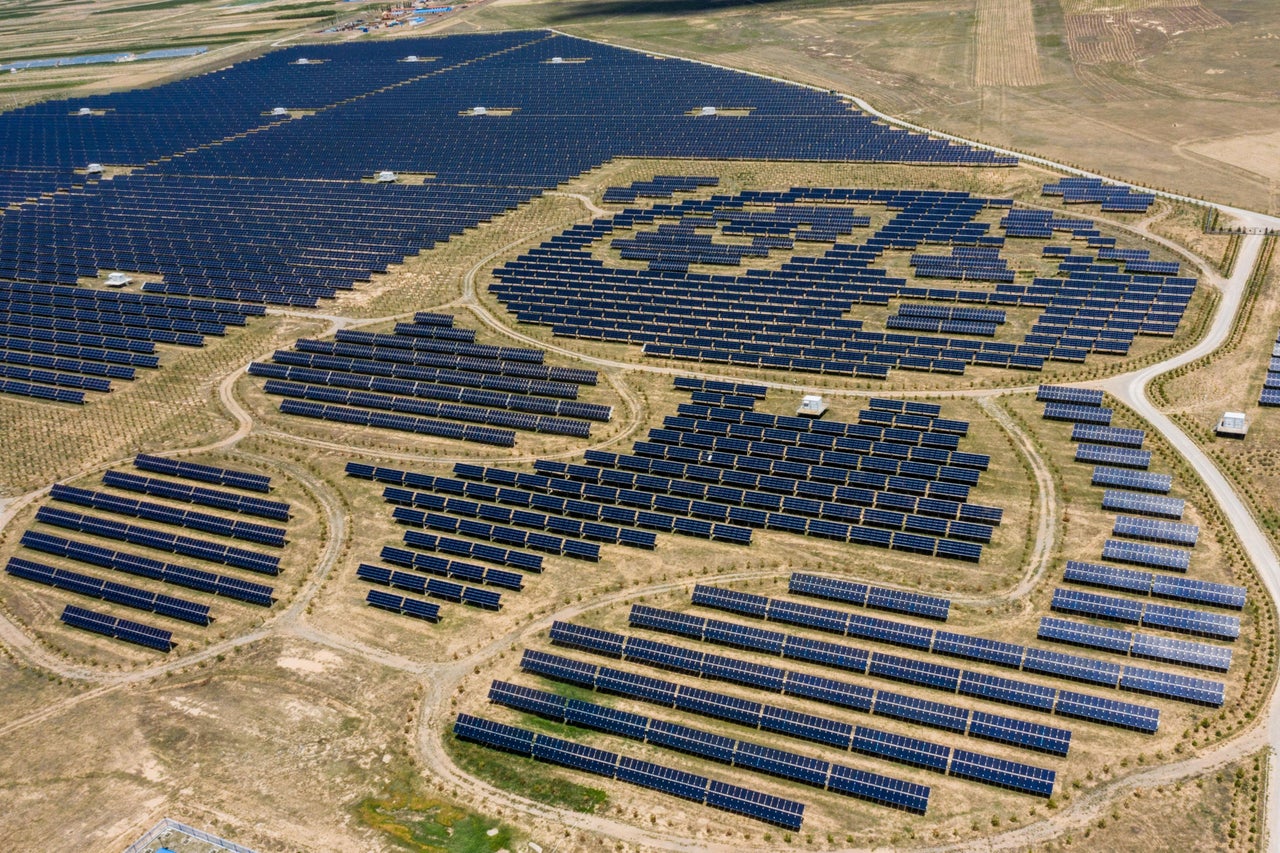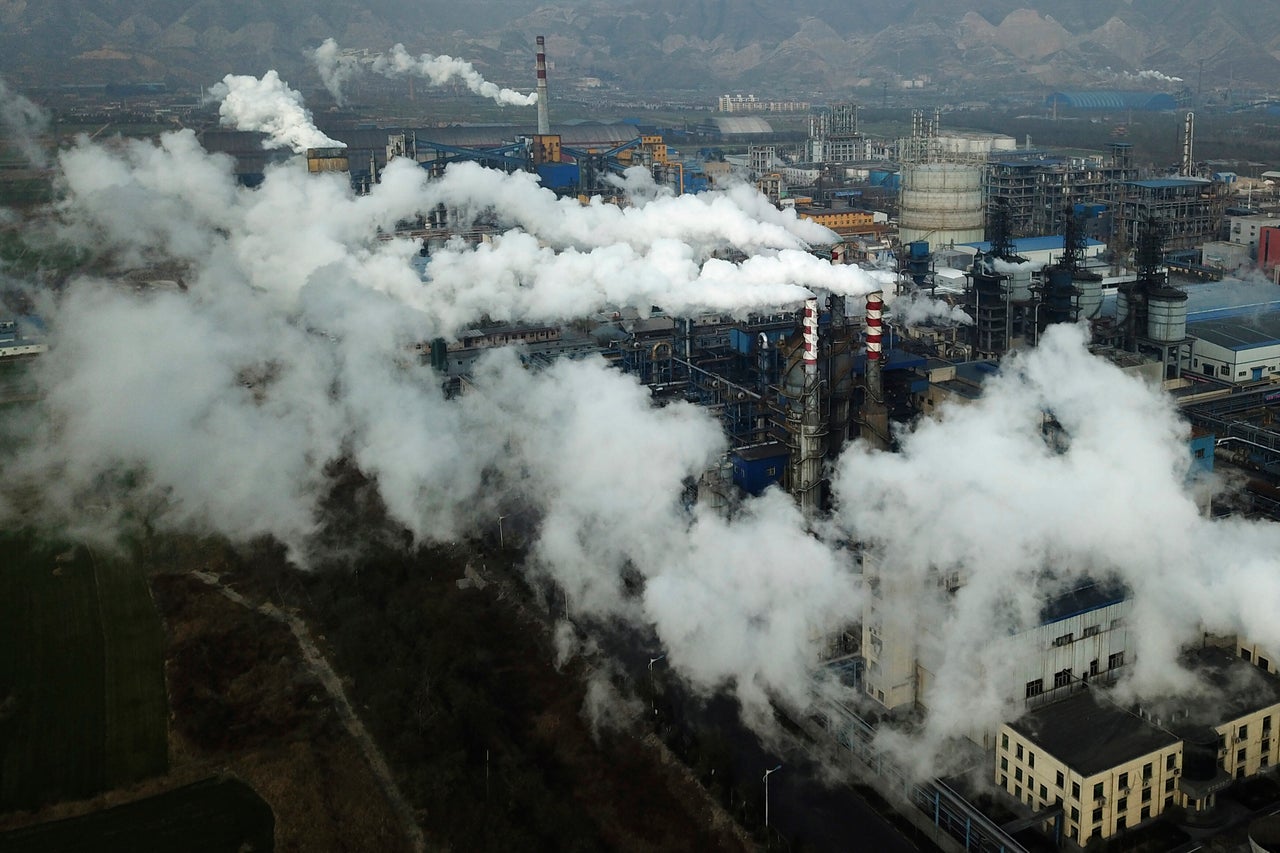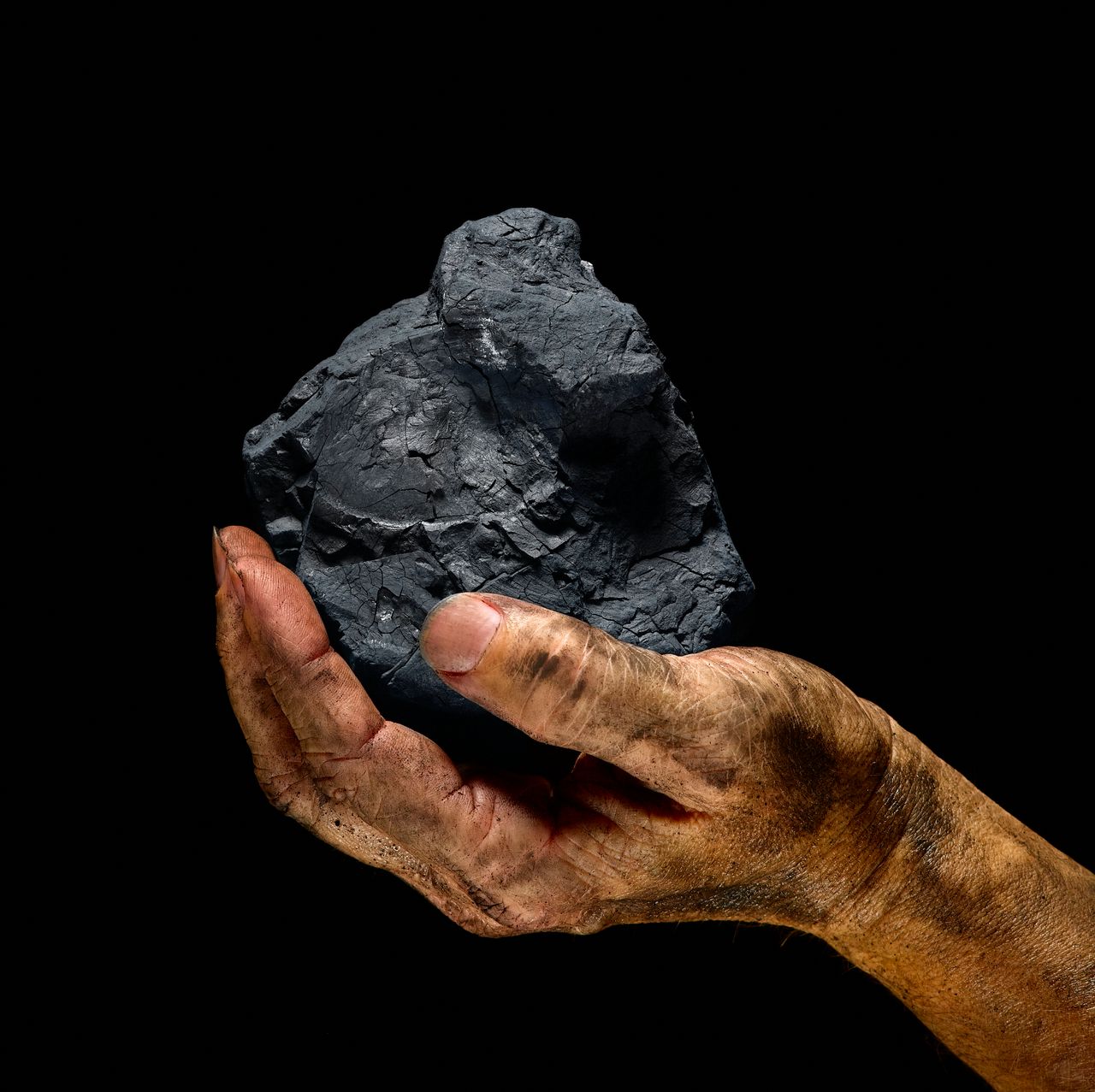Coal had a bad year last year. It was the latest in a line of tricky years, which have seen coal demand slump, coal companies declare bankruptcy and coal plants shutter.
COVID-19 added to coal’s woes, as global lockdowns cut demand for electricity. Outpaced by the growth of cheap renewable energy, increasingly shunned by banks and insurers and facing tighter government regulations, the dirtiest of fossil fuels looks to be on its last legs.
But while many experts believe coal is now in an unstoppable death spiral, the pace of change is slow when compared to the scale of the climate crisis we face. Despite countries’ pledges to slash carbon emissions to tackle climate change, coal is still playing an important role for a handful of countries, notably China, and new coal projects are lined up around the globe. It’s still unclear when the world’s last coal plant will shut its doors.
The need for a swift exit from coal is obvious. Coal may have powered industrial revolutions and propelled countries onto the world stage, but it’s a planetary disaster. It releases more carbon emissions per unit of energy than any other electricity source and is the largest single source of temperature increases, responsible for almost one-third of global warming.
Coal is also a health crisis, releasing air pollution, which increases the risk of cancer, heart disease, asthma and other respiratory diseases. It has scarred the lungs of coal miners and made them even more vulnerable to COVID-19.
The world cannot continue to extract and burn coal and have any hope of meeting the climate commitments needed to stave off catastrophic climate change. According to the Intergovernmental Panel on Climate Change, coal must be gone by 2050.
“We have to be making radical changes and reductions through 2050 to meet the Paris Agreement [on climate change],” said Christine Shearer, program director for coal at the non-profit Global Energy Monitor. “So it’s not enough to say, ‘Oh yeah, yeah, we’ll do it by 2050,’ and just make some modest movements. We need very, very rapid changes.”
The Good News
Globally, coal demand has been falling for the past few years. It dropped by 1.8% in 2019 and the International Energy Agency predicts 2020 will have seen a 5% drop in coal demand, the largest fall since World War II.
Coal-fired plants across the world are shutting their doors. In India, new coal construction has slowed dramatically: Over the first half of 2020, the country retired more coal capacity than it opened. In Europe, 19 EU countries and the U.K. have pledged to phase out coal by 2030. Spain may well become the first country in the world to completely close down its coal industry — it shut seven of its 15 remaining coal plants in the summer of 2020, with the rest expected to close over the next few years.
Coal’s demise has been particularly stark in the U.S. Despite Donald Trump promising to revive the flagging sector, the last four years saw more coal plants close than during Barack Obama’s second presidential term. In 2019, the same year that consumption of energy from renewables overtook coal for the first time, America’s coal use fell by 18%, to its lowest level since 1975. In Texas, the heart of America’s fossil fuel industry, wind power overtook coal in the state’s energy mix for the first time in 2020.
The key factor behind coal’s decline has been market forces. “Coal simply can’t compete with cheaper, less polluting alternatives of the modern energy economy,” said Neha Mathew-Shah, international climate and policy campaign representative at the Sierra Club and one of the authors of “Boom and Bust 2020,” a report on the coal industry.
Tumbling natural gas prices have hit coal hard, but so too have the technological leaps in renewable energy ― increasing efficiency and bringing down prices. Solar costs have fallen more than 80% since 2010 and solar is now consistently cheaper than most new coal and gas-fired plants, according to a 2020 report from the International Energy Agency, which dubbed solar the new “king of electricity.”

Increased awareness of the climate impacts of coal has had an effect, too. Japan’s environment minister told the Financial Times that the strength of criticism of the country ― one of the world’s most important financial backers for coal power ― at the 2019 UN climate conference in Madrid helped spur its new policy to dramatically cut back coal funding in foreign countries.
In Kenya, after a drawn-out battle, campaigners managed in 2019 to halt the construction of what would have been the country’s first ever coal-powered plant. A Kenyan court cited environmental concerns and a failure to adequately consult the local population.
Coal is also becoming increasingly unpalatable to financial institutions, governments and pension funds ― especially as environmental groups pile on the pressure. Last year, Norway’s $1 trillion sovereign wealth fund announced it would be ditching shares in fossil fuels, including around $6 billion of investments in coal companies.
More than 230 financial institutions have implemented restrictions on financing coal projects and companies, according to the non-profit Reclaim Finance. This includes a slew of insurers led by European companies but also some U.S. firms such as Chubb, which announced in 2019 it would stop insuring coal-fired plants by 2022, as well as any companies that make more than 30% of their revenues from coal mining. “Chubb’s announcement is a clear sign that coal is becoming uninsurable worldwide,” said Mary Anne Hitt, director of the Sierra Club’s Beyond Coal campaign, in a statement.
Insurance is a key lever for change, as not being able to get covered would make it pretty much impossible to finance and build new fossil fuel infrastructure. One of the most controversial new coal projects, the Adani-owned Carmichael coal mine under construction in Australia, has seen several insurers pull out. It’s a further blow to a project that Adani is already self-financing after struggling to secure financial backing from banks.
In September, a group of companies including Ben & Jerry’s and Patagonia wrote to American insurers asking them to stop insuring fossil fuel companies altogether. “The insurance industry is underwriting and investing in fossil fuels which we now know are the key drivers of climate change,” their letter said.
But Hold On ...
While coal’s fate looks all but sealed, we’re not there yet.
Back in May 2019, the United Nations chief António Guterres said: “We must stop building new coal plants by 2020.” And yet, there are still coal plants being approved and constructed around the world. These new coal projects, if realized, would lock in carbon-heavy coal production for decades.
China is the big player, home to half of the world’s operating coal power capacity and just under half of the coal projects under construction. Despite a newly announced commitment to reach net zero emissions by 2060, the country is still hoping coal will help fire up post-pandemic growth. There are 127 coal plants at pre-construction stage, according to July 2020 figures from Global Energy Monitor.
“In China, you’re really seeing that provinces are using coal power to meet economic targets and to continue to grow,” said Shearer. The country’s commitment to carbon neutrality, which means coal needs to be phased out by around 2050, may also be behind this push, she added. “I think they’re really trying to get in any project that they can right now because they see that the door is closing.”

China is also a key coal financer in other countries, such as Vietnam, South Africa and Indonesia. “Where you see new coal projects, it’s usually Chinese companies, Chinese finance behind it,” said Shearer. Now that Japanese and South Korean banks, previously top coal investors, have started to pull back — thanks in part to increased government restrictions on coal lending in both countries — it remains to be seen whether China will follow their lead or whether its financing role may actually grow.
Indonesia, where coal is the biggest export, is also throwing its support behind the industry in the hope it can reboot the economy. The country has 52 coal plants currently at the pre-construction stage, according to Global Energy Monitor.
Even the U.K., a country held up as an example of how to phase out coal, faced a barrage of criticism when it gave the green light for a new deep coal mine in January. If it goes ahead, it will be the first to be built in three decades. And despite the swiftness with which America’s coal industry has declined, a report published on Monday by the Sierra Club found that the country’s most fossil-fuel-dependent utilities are still planning to keep coal plants running for at least another decade.
While many countries are failing to provide leadership on coal, financial institutions have the power to exert pressure on the industry. And yet, many of their anti-fossil fuel policies are riddled with loopholes.
“It’s not just about having a policy,” said Yann Louvel, financial institutions’ policy analyst at the NGO Reclaim Finance, “but to really have an impact you need to have a good policy, a robust policy.”
Of the 237 financial institutions globally with coal policies, Reclaim Finance found that only 18 had strong policies that significantly restricted funding to coal.
Blackrock, the world’s largest asset manager, which manages more than $7 trillion, pledged to ditch some coal investments last year. But, according to research published in January by Reclaim Finance and German NGO Urgewald, it still holds $85 billion in coal companies.
This is thanks to loopholes in its policy, said Louvel, such as the caveat that shares can still be held in companies that make less than a quarter of their revenues from coal.
“They omit a lot of companies that are diversified enough to be below the threshold, even if in absolute terms, they mine a lot of coal,” said Youvel.
A portion of Blackrock’s $85 billion in coal funding went to coal developers, he added, “which are really the worst of the worst of the worst companies that should be the first ones to be excluded because very clearly we are in 2021, companies that are still planning to expand coal have not understood anything about climate.”
A spokesman for Blackrock said, “Our conviction is that climate risk is investment risk.”
He added: “We ask all companies to disclose how their business model will be compatible with the transition to a low-carbon economy. Where we do not see sufficient progress, we take voting action.”
“We should not even be talking anymore about coal. Coal should already be something of the past.”
- Yan Louvel, Reclaim Finance
There are many reasons that the end of coal is so drawn out, said Katrin Ganswindt, a climate and energy campaigner at the NGO Urgewald: “The investments have already been made, the companies are fighting for survival and the governments are afraid to implement too drastic measures.”
And there are plenty in the coal industry that believe it can still be revived, she added. In November, Ganswindt attended the virtual Coaltrans Asia conference ― billed as the world’s largest coal conference ― and said the coal companies attending admitted that they’re in bad shape. But, she added, they have “neglected reality” and are still telling themselves: “it’s going to get better, even if it’s not going to go back to what it was. It’s not the end. It’s a non-permanent decline.”
A Time For Reckoning
The pace of the global coal exit may ramp up in 2021. President Joe Biden applied to rejoin the Paris agreement his first day in office, meaning the U.S. will join nearly every other country in the world in committing to keep warming below levels which could trigger catastrophic climate change.
The landmark U.N. climate conference at the end of this year, at which countries are expected to make new and ambitious pledges to slash emissions, is also likely to concentrate focus on what place the dirtiest of fossil fuels still has in the global energy mix.
Economic factors are unlikely to swing back to coal’s favor. Renewables keep getting cheaper, and the impacts of the pandemic are likely to ripple outwards for years, making a coal comeback seem increasingly unfeasible.
The momentum is there, but the pace of coal’s demise does not match the scale of the climate crisis it has helped create. “To put it bluntly, very clearly we should not even be talking anymore about coal, coal should already be something of the past,” said Youvel.
HuffPost’s “Work In Progress” series focuses on the impact of business on society and the environment and is funded by Porticus. It is part of the “This New World” series. All content is editorially independent, with no influence or input from Porticus. If you have an idea or tip for the editorial series, send an email to thisnewworld@huffpost.com.
